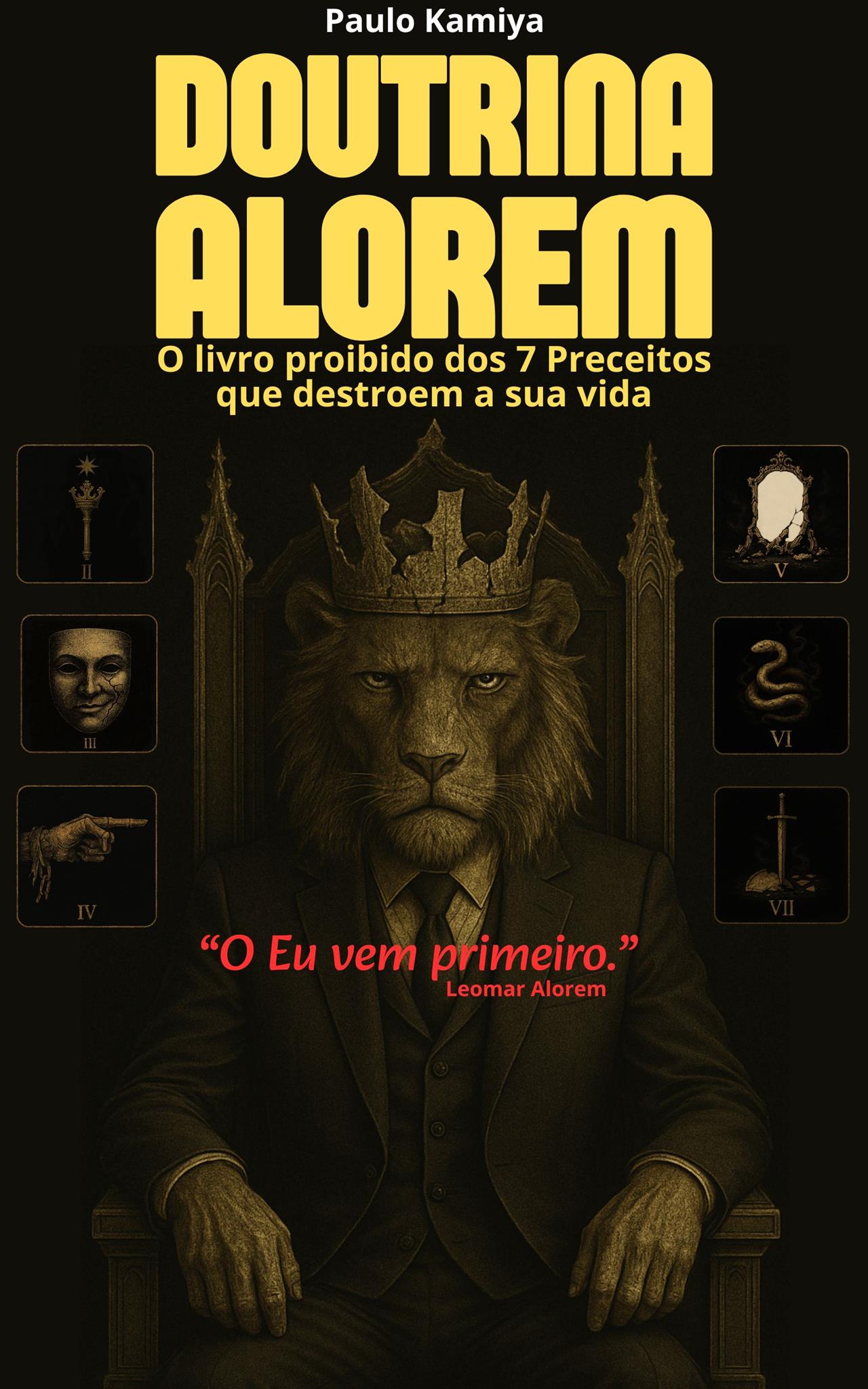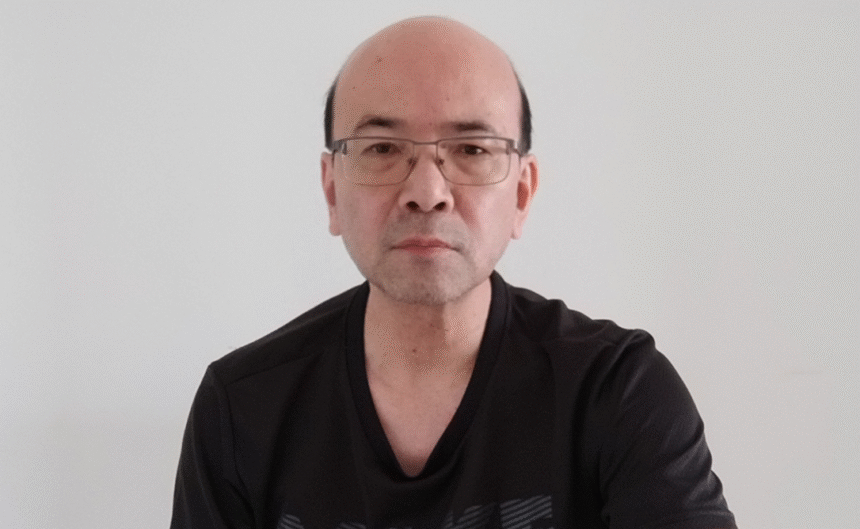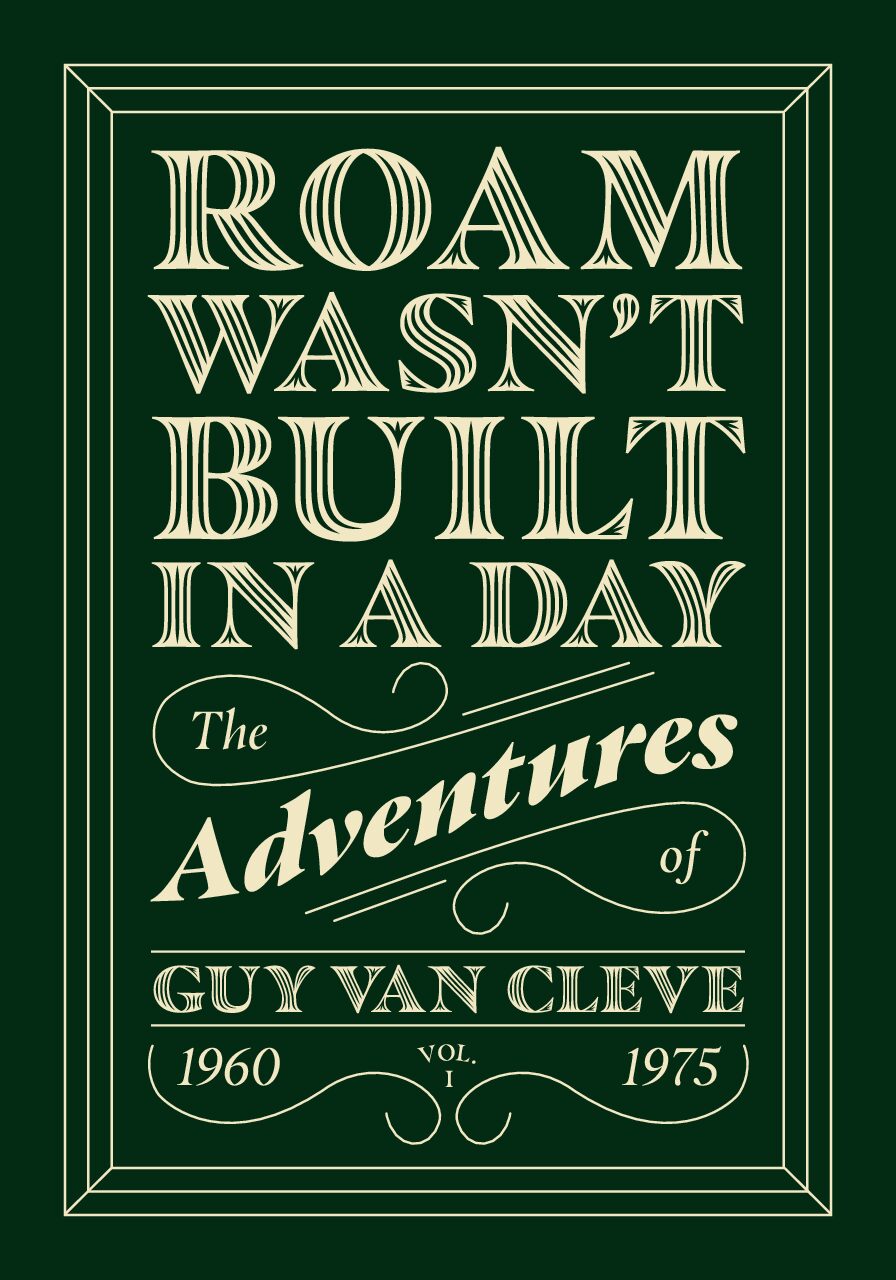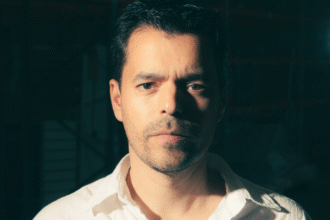In *The Alorem Doctrine: The Forbidden Book of the 7 Precepts That Destroy Your Life*, writer Paulo Kamiya weaves philosophy, psychology, and suspense into a provocative narrative that exposes the risks of harmful ideas when disseminated irresponsibly. The plot follows Leomar Alorem, a tattoo artist who transforms his traumas into a doctrine capable of mobilizing followers and opponents alike, while challenging the reader to reflect on manipulation, polarization, and the real-world consequences of the power of words.
The work presents Leomar Alorem as someone who transforms his scars into a set of precepts. What was it like creating a character who uses pain as a tool for ideological construction?
Creating a character with a painful and unfair philosophy of life was an intense challenge. I had to imagine how pain could shape his character and transform into distorted precepts. It was essential that he be real enough to sound believable. Leomar Alorem needed to be cold and cruel, but also charismatic, capable of seducing with just his words. Only then would Rafael’s obsession with such harmful ideas make sense.
The book blends philosophy, psychology, and suspense in a hybrid narrative. How did you balance thoughtful depth with the tense pace of a thriller?
The mix of voices was perfect because I wanted to convey the character’s perspective through the Doctrine (first person, Rafael’s voice), and a more objective perspective (third person) to explain what was really happening in the narrative. This balance made the tense pace more fluid, and the philosophy more interesting and less dense.
The Alorem Doctrine quickly became a social movement. To what extent was your intention to reflect on the power of social media and the polarization we experience today?
The Alorem Doctrine was conceived as a metaphor for the digital age and a warning about how toxic content can go viral and harm individuals. It also serves as a reflection of people’s dysfunctional behavior.
Interestingly, in the story, the book reaches the entire world through Ricardo’s translation. In the real world, this happens similarly through interviews on international websites. It’s as if fiction is projecting itself into our reality, connecting literature and contemporary behavior.
Symbolic rituals, such as the use of two-colored candles and mantras, lend an almost mystical aura to the work. Where did this inspiration come from, and what does it add to the reader’s experience?
The rituals arose from the idea that every ideological movement needs symbols to strengthen its followers’ faith. This creates a sense of belonging and devotion to the Doctrine. Each of the 7 Precepts is represented by a two-tone candle, with a colored top and a black base—an unusual and original choice. The faithful who follow all 7 Precepts are rewarded with a completely black candle, the ultimate symbol of the Doctrine. Thus, the Mantra and the rituals make the reader’s experience more immersive, almost mystical, and memorable.

You mention that the book’s goal is to warn about the risks of publishing or sharing dangerous ideas. When did you realize the urgency of this warning?
The urgency of this warning arose when I realized that people still make manipulative speeches or impose their ideas on social media and in the news. Dangerous ideas can seem harmless until they gain traction and are shared. It was from this analysis that the book was born, functioning as both a warning and a provocation. It states: be careful, your words have power and can generate ripple effects. Thus, the reader is invited to reflect on responsibility and influence in the digital world.
The plot provokes the reader to question how far they’re willing to go to defend their own truth. While writing, did you also find yourself confronted with your own beliefs?
Sometimes, yes; other times, no. I understood my beliefs very well, and when writing the book’s narrative, I took great care to describe them from the character’s point of view, not my own. However, I knew that Leomar’s toxic ideas should never dominate me; otherwise, they would destroy me, too.
The AI-powered test that readers can take is a curious and innovative feature. Where did the idea of connecting literary narrative with practical, real-world experiences come from?
Since AI is currently in the media spotlight, I decided to incorporate this experience into my book. However, rather than treating it as a mere character in the story, I wanted to take the experience further. The reader uses the fictional AI in the real world, discovering how the terms “Alloremist” or “Anti-Alloremist” can apply to our reality. This connection brings the narrative closer to everyday life and provokes reflection. The intention is to show that literary ideas can become practical, awakening critical awareness in the reader.
Throughout your literary career, you’ve moved between poetry, novels, short stories, and thrillers. What does Doctrina Alorem represent in your evolution as a writer?
The Alorem Doctrine represents a turning point in my writing career. My experience with poetry, novels, and short stories prepared me to create a bold and distinctive work. Besides provoking the reader, the book offers an innovative tool: the AI Test. This interactive experience encourages the reader to reflect and participate in the narrative. This makes the work unique, surprising, and marked by innovation within my literary journey.
Follow Paulo Kamiya on Instagram





